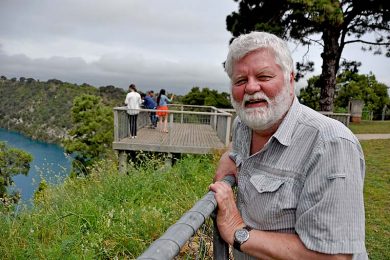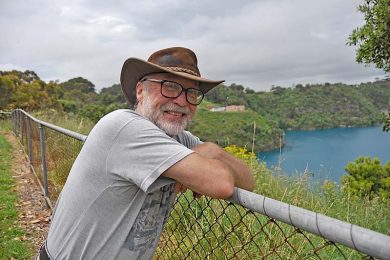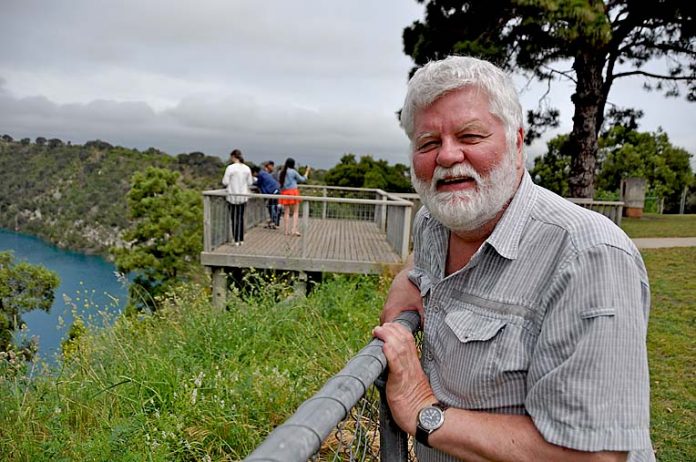
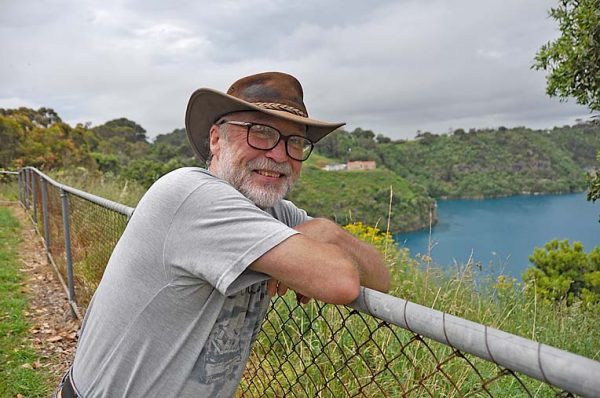
THE Mount Gambier district’s spectacular network of natural wonders is driving an upswing in global tourism, which is throwing the Blue Lake city onto the international map.
The region’s burgeoning tourism sector is evident with the arrival of the world renowned film crew from National Geographic in the city yesterday.
Its coverage is expected to catapult Mount Gambier into the spotlight given its reach as a global storyteller amid what appears to be a growing interest in the region’s patchwork of unique sinkholes and volcanoes.
It is understood the documentary featuring the Blue Lake and Kilsby’s Sinkhole will be potentially aired to millions of people across the world.
Some of Australia’s most renowned cave divers and hydrogeology experts were among identities who took part in yesterday’s filming at our city’s iconic lake.
Figures show the Limestone Coast visitor economy is worth $324m, with around 600,000 tourists flowing into the region last financial year.
Around 46,000 of these visitors were international tourists.
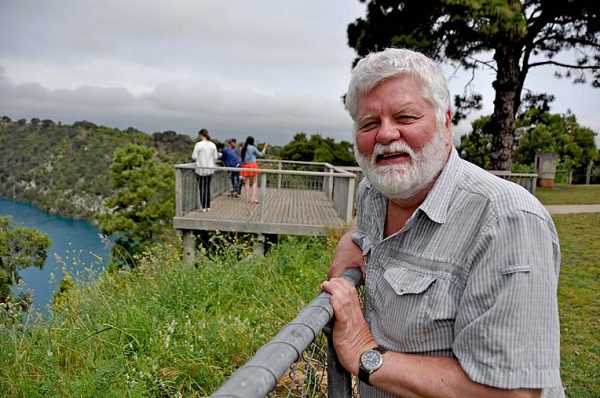
Cave diving pioneer and hydrogeologist Ian Lewis – who is considered a trailblazer in the cave diving fraternity – said the arrival of National Geographic was a major coup for the region.
He said the documentary series was focusing on amazing places in Australia and Kilsby’s Sinkhole caught their attention.
“National Geographic is looking at things that are really unique in Australia and they doing a small number of documentaries,” Mr Lewis said.
He understood National Geographic had not been to Mount Gambier since the 1980s, when it showcased Piccaninnie Ponds in its magazine.
“While that was for a print article, this is now for television – this means the Blue Lake will go global,” Mr Lewis said.
He revealed the film crew were “goggle-eyed” by the breathtaking view of the Blue Lake.
Mr Lewis said the network of sinkholes in the region was “unique” across the world.
He suggested the Blue Lake could be promoted more given some of the film crew had never heard of the natural asset before taking the assignment.
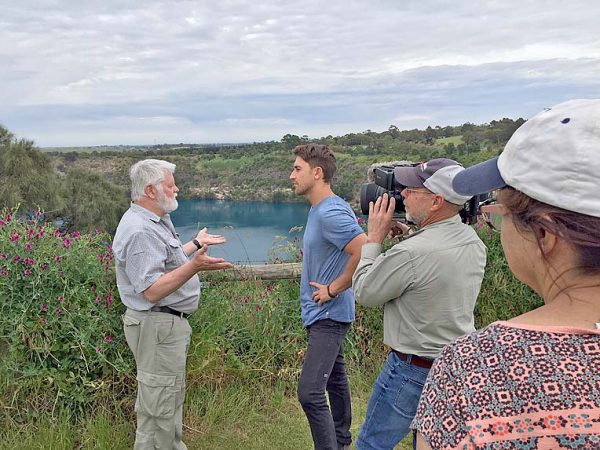
Limestone Coast Local Government Association tourism industry development manager Biddie Shearing said she was thrilled such a high calibre documentary maker was visiting the region.’
“This is exciting for the region, but not surprising given our incredible natural assets,” Ms Shearing said.
She said the region’s reputation across the globe as an international tourist destination was growing thanks to a multi-platform strategy flowing from the region.
The tourism industry leader said the councils across the region were working to promote the Limestone Coast internationally, which was now the most visited region outside of Adelaide.
She revealed the region was recording an upswing in visitors from Europe, United States, China, India and New Zealand, which was fuelling an upturn in the region’s visiting economy.
Ms Shearing said Tourism Mount Gambier and SA Tourism Commission were also working to build the region as a major tourist destination.
“There is a real team effort in the background,” she added.


